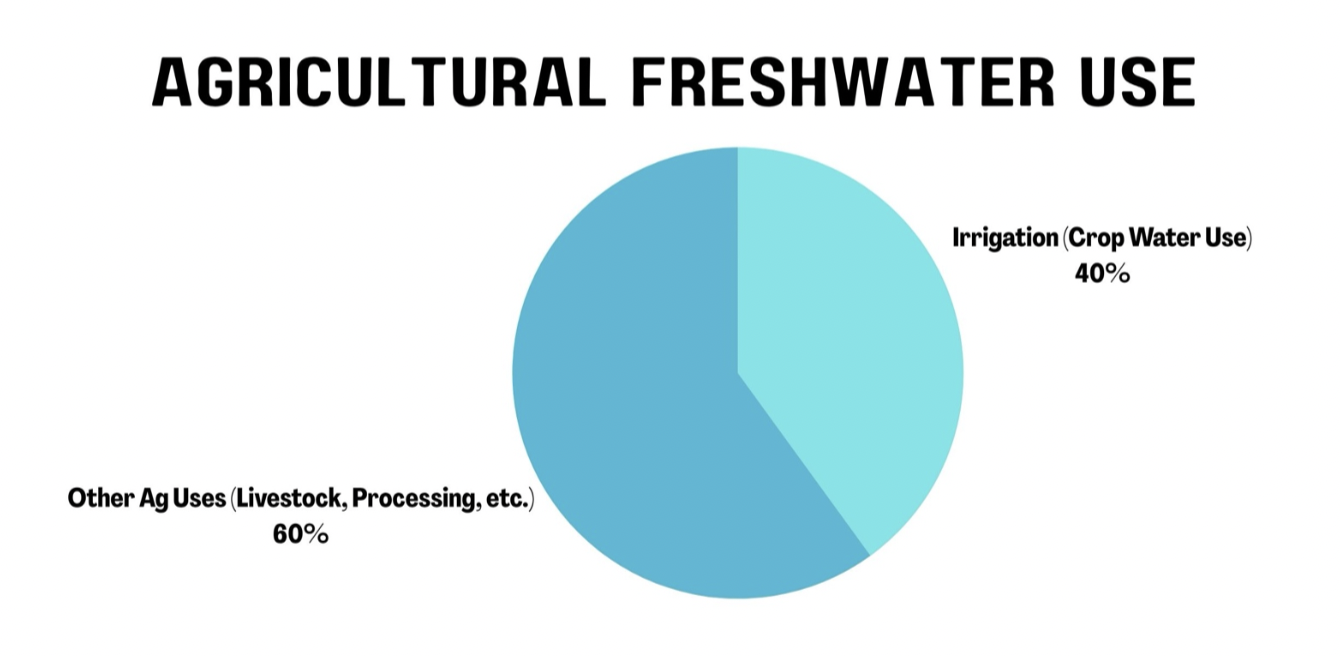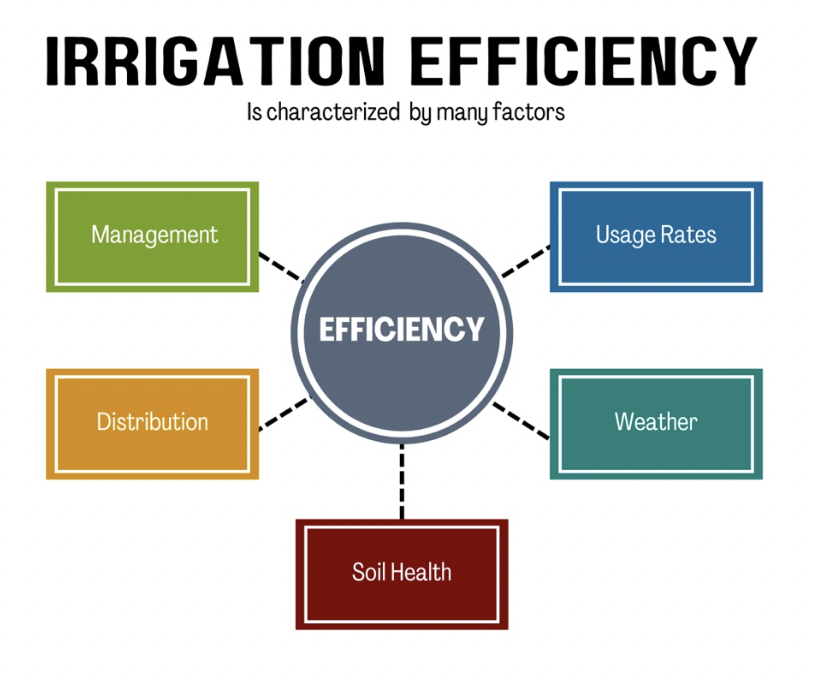Increasing Irrigation Efficiency Through Science and Technology • Part 1/5
Agricultural irrigation accounts for 42% of global freshwater use, and growing populations, along with worsening droughts, are pushing water supplies to the brink. With every drop of water becoming more precious, farmers around the world are facing an urgent question: how can we produce more food using less water? Although this is not a new question, it is one with an evolving answer that demands continuous investigation. For example, flood irrigation was considered the most effective method available for thousands of years. Today, we recognize its drawbacks—such as significant water loss through evaporation—and have since developed more efficient solutions. One such advancement is subsurface drip irrigation, which eliminates the issue of evaporation by delivering water beneath the soil’s protection. What breakthroughs lie ahead that could reshape the troubling reality of water loss in crop irrigation? Our mission is clear: we must continually seek new and improved methods to irrigate effectively.
Thankfully, science and technology are offering innovative solutions that can help farmers boost irrigation efficiency, conserve water resources, and maintain strong yields even under these challenging conditions. Modern tools are giving producers the insights they need to make every drop count. In this 5-post series, we'll explore how cutting-edge tools and strategies — from soil sensors to crop selections— are transforming irrigation practices and reshaping the future of sustainable farming. But before we begin, I would like to lay the groundwork to ensure we are all on the same page.
What Is Irrigation Efficiency?
We can think of irrigation efficiency as the ratio of water applied to that utilized by the crop. To be clear, Irrigation efficiency refers to the amount of water removed from the source that the crop fully absorbs for an entire growing season. This value is determined by modern technology and the expertise of educated professionals. Ideal irrigation efficiency occurs when the crop utilizes 100% of the water extracted from the well. Irrigation efficiency is influenced by irrigation system management, water distribution characteristics, and crop water use rates, alongside weather and soil conditions.
What Are Signs of Inefficiency?
Signs of inefficiency can be evident in poor crop yield, soil nutrient loss, or extra fertilizer and insecticide needs. Additionally, even slight over-irrigation or a lack of precision can quickly lead to substantial water loss through evaporation, runoff, and uneven distribution. In regions facing increasing water stress, like ours, this level of waste is no longer acceptable. Inefficiency proves to be an umbrella of economic loss for the steward and consequently affects the supply chain. Poor stewardship leads to unsavory results. But we have good news! — there are people, curriculums, and technology at the ready to help improve our management systems.
Why Should We Care?
Improving irrigation efficiency not only helps preserve limited freshwater supplies but also enhances crop productivity and reduces input costs. In many ways, boosting irrigation efficiency is one of the most powerful ways agriculture can adapt to the challenges of a changing world. Nobody cares more about sustainability than our farmers, and sustainability is rooted in every small drop transported, seed planted, and blog read. As stewards of both land and water, we have an opportunity to blend science with technology — and lead agriculture into a more resilient, efficient future. Let's educate ourselves and implement new strategies to upgrade our irrigation practices.
“Education is not the learning of facts, but the training of the mind to think.”
-Albert Einstein
I Care! Tell Me More!
The role of a farmer involves balancing many moving parts to arrive at one well-informed decision. When pursuing efficient irrigation, farmers must carefully consider factors such as budget, soil type and crop variety, topography and field layout, weather tendencies, and both the availability and quality of their water sources. Each of these elements directly influences irrigation scheduling, system design, and volume demand.
The combination of these variables means that there is rarely a perfect solution — only the best-fit option for that specific farm at that particular time. This complexity carries both risk and reward: investing in the right system can greatly enhance yields, reduce input costs, and strengthen longevity, while a miscalculation can result in economic losses or environmental strain.
Navigating this balancing act is what makes today's farmers not only producers but also managers, scientists, and stewards of natural resources. Our farmers carry a heavy intellectual load as they sort through the many competing voices that try to influence their seemingly mundane decisions. Now that we're all on the same page, let's dig into the details.
Farmers Ask These Questions When Contemplating Irrigation Efficiency:
How am I already implementing efficiency practices?
Where are the holes in my operation?
What actions would be reasonable and beneficial for me to make?
What will be my next move?
What other regions have similar microclimates, growing seasons, and crops?
What is working well for those around me?
Follow along as we explore the world of science and technology in pursuit of efficient agricultural irrigation practices. We encourage you to dial up your curiosity and ask yourself questions along the way.
For more conversation around this topic, listen to our podcast “Conservation Stories” Episode 27



